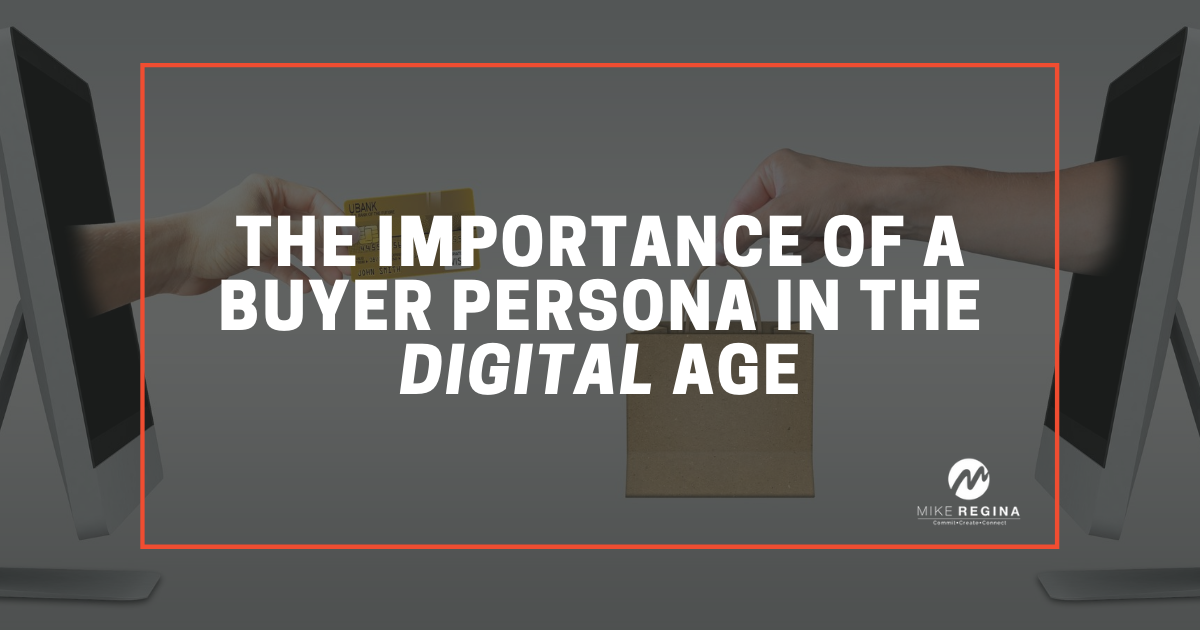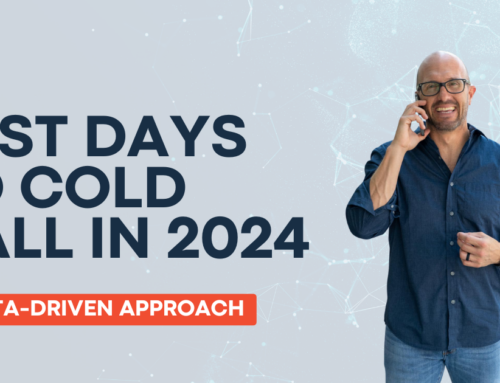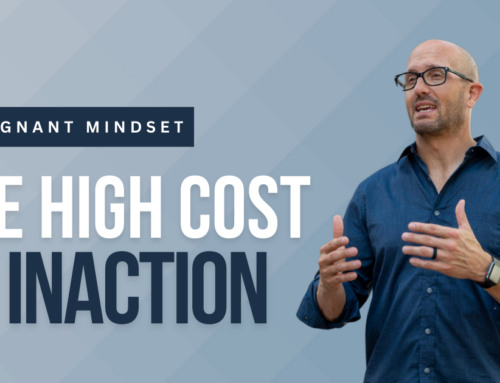
You have something you are selling. Maybe it’s a product, or perhaps it’s a service. Either way, it’s awesome. Otherwise, you wouldn’t be selling it.
But why aren’t more people buying it? Is it overpriced? Should you spend more on advertising? Maybe you should knock on more doors. But which ones?
Let’s start with the most obvious factor: pricing. It is always tempting to cut your price to accelerate sales. But cutting the price impacts your bottom line. You don’t have as much to pay your salespeople; you don’t have as much left for R&D; you don’t have as much left to advertise. At some point, you don’t have a business. And there’s that other message you are sending that your product is not worth what you were previously charging.
Still, another issue arises if you price yourself below the competition – you send the message that your product may be sub-par, or perhaps you are even cutting corners. On top of all these price-cutting disincentives, you are likely setting yourself up for people to expect discounts in the future.
Alright. Let’s look at the alternatives, then. Let’s spend more on advertising. If you let more people know about this fantastic product, you will have more people buying it. You throw some money at Facebook and Google advertisements. Perhaps you can even rent a billboard or send out print advertisements. Surely increased visibility will increase sales.
But it doesn’t. Or at least it doesn’t increase sales as you would have expected. And there’s a single reason: you didn’t identify who your ideal customer is. You didn’t do a Buyer Persona.
A buyer persona gives you critical information about your customer. Specifically, it tells you who your ideal customer is. And without that information, you might as well be selling ice cubes to Eskimos.
And your buyer persona isn’t just a generalization, such as “someone who has enough money to pay for this.” It’s a detailed description of exactly who you want to put their hard-earned cash down to buy your product or service. And with that information, you know exactly where you should spend your advertising dollars.
Is this customer a teenager or an adult? Are they wealthy? How wealthy? What about being married? Do they have a family? What is their occupation? How big is their company? What is their leisure activity? What do they read? Where do they get their news? What are their demographic traits? Where do they live, and where do they vacation? How educated are they? Where did they go to school? How do they like to buy things? By phone? Online? How did they hear about you? What does a day in their life look like? What delights this person?
And where can you get that information? First, you talk to your front line – your salespeople. Ask them who the ideal customers are. Be extremely detailed. All information is good information.
And then interview some ideal customers! Do you have some clients who keep returning with more business? Ask them for a few minutes of their time – and you’ll be amazed how important it will make them feel. Make sure it is clear that this isn’t a sales call and your team highly values their opinions. Tell them you want to know what makes them repeat customers or if they have any suggestions on how you can improve your product or service. People love to be heard, and you will not only accomplish that, but you will also strengthen your relationship with that client.
Another way to gather information is at the point of sale or shortly after. Have people complete a survey for some benefit – whether to receive advance notice of upcoming products, a discount on products, an extended warranty, a gift card, or whatever you can offer for this information. (And meanwhile, use this to build your mailing list at the same time.) Keep in mind that this information you are gathering is extremely valuable to you and your business, so offering a gift card or a discount on future sales is well worth the benefit. After all, this is painting a picture of your perfect client.
Once you have a comprehensive buyer persona completed, make another one.
Yes, you should have more than one type of customer. And getting in front of each of them can often be a different process. Maybe this is a second major client of yours, with slightly different needs than the first client. How does this second buyer differ from the first one? How are they similar? Are they more or less excited about your product? Are they more or less educated about your product? Did they hear about you differently? How would you have to pitch them differently?
Once you have a second, and maybe even a third or more buyer personas completed, you then need to create a “negative persona” – a description of who your ideal customer is not. Do you want to avoid customers that spend inordinate amounts of time calling customer service? Maybe you want to prevent customers who would be “iffy” about your product. These are the “bad apples” that will increase your cost-per-lead and cost-per-customer. These are the people that make it more expensive for the rest of us. And yes, you can also interview existing ‘bad apple' customers of yours to understand better their challenges and whether you need to do something different or avoid them altogether.
Finally, we get to the good part: what you can do with this information. Armed with this knowledge, review your current spending on advertising, and analyze whether your spending is getting you in front of the several buyer personas you set up. If they are reading certain publications, are you in those? If they spend time reading about specific issues, are you advertising in those venues?
You will also want to create advertisements that speak to these people. The advertisement for one buyer persona should likely be different than the advertisement for another. Use that to your advantage!
You can – and should – make comparisons between advertisements, as well. Which message maximized your ad dollars? How can you tweak that one and make a new comparison? Coordinate landing pages on your website with the buyer persona that you directed there. The more personalized your content, the more your buyer persona will feel they have come to the right place.
The same principle can be applied to your personnel. If you know that most of your audience is on Facebook, Instagram, Twitter, etc., make sure someone on your team monitors that media channel and engages with people who belong to your target persona. Your goal isn’t to hunt them, but you want to hang out with them.
You will also want to start to segregate your customers by their persona. Do you have an upcoming promotion that applies to one buyer persona more than another? It would help if you had a personalized newsletter or communication with that specific persona in mind. Or maybe the promotion is universally applicable, but the messaging would be different. For example, if your buyer persona is a parent, you may word the promotion as a graduation present. But for the young adult buyer persona, you would frame the purchase as something that would benefit them in their career search.
Ultimately, you are using buyer personas to personalize your transactions with customers. You want current and future customers to feel you were thinking of exactly them. And you were! You created a buyer persona that looks just like them.
Now, Go Forth and Conquer!





